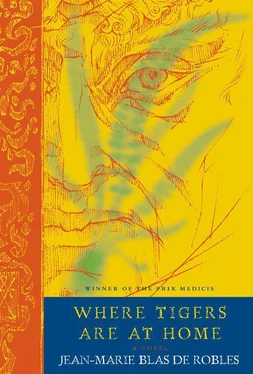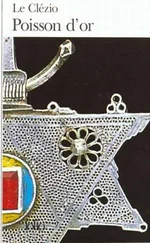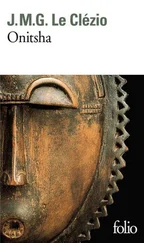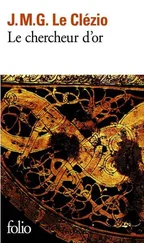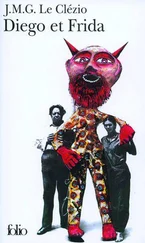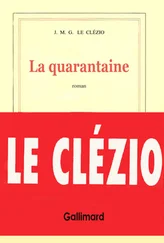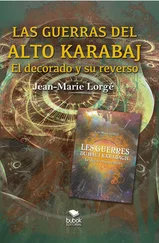A big surprise was awaiting Kircher there. By the strangest of coincidences, since our presence in Rome was due to the vagaries of the wind alone, the superiors of the Society were not at all surprised to see Athanasius when we presented ourselves at the Roman College. On the contrary, they welcomed him as one impatiently expected. During our eventful journey, Peiresc’s efforts had finally borne fruit & Kircher had been appointed to the chair of mathematics at the College, in place of Christoph Scheiner, who had left for Vienna to take over Kepler’s position. As well as teaching mathematics, it was specified that Athanasius was to devote himself to the study of hieroglyphs, a requirement in which it was easy to see the good offices of his Provençal colleague.
It is difficult to describe Kircher’s satisfaction on hearing this news: at the age of thirty he had a personal chair at the most renowned Jesuit college & could treat the most learned men of his time, those he had admired since he began his studies, as equals.
When we arrived in Rome in November 1633 Galileo had just been imprisoned for the first year of his incarceration; my master took it upon himself to go and see him whenever his work allowed.
With the room he had been given on the top floor of the Roman College Athanasius Kircher had a unique view of the city. Down below he could see the teeming population of Rome — which at the time had more than a hundred and twenty thousand inhabitants! — he could view the domes or capitals of the most beautiful buildings ever raised &, above all, he could make out some of the tall obelisks Pope Sixtus V had started to restore.
On Peiresc’s advice he struck up a friendship with Pietro della Valle, the celebrated owner of the Coptic-Arabic dictionary, translated by Saumaise. Between 1611 & 1626 this indefatigable traveller had scoured the Indies & the Levant. From his investigations of the tombs of the pharaohs he had brought back a number of mummies, objects & manuscripts that could be found nowhere else, not counting the valuable information an educated traveller can harvest during such journeys. He was best known for having seen the ruins of the Tower of Babel from which he had brought back a fine granite stone, which he later gave to Athanasius.
Father Giovanni Battista Riccioli, who had been present at his return from the Indies, never tired of recounting his exploits. “You must know,” he said, “that in 1623 della Valle had married a Persian woman, a Christian according to the Eastern Rite. Sitti Maani Gioreida, as she was called, combined within her all the beauty of a woman & of the East but only a few months after their marriage she died following a miscarriage. To his despair at losing his young companion was added that of having to bury her in unconsecrated ground & Pietro della Valle decided to have her embalmed by the most reliable methods, in order to bring her back to Rome. For four years he travelled accompanied by the mummy of his wife & as soon as he arrived back, he organized a magnificent funeral ceremony for her. A funeral that was perhaps excessive for a simple Persian woman, but certainly reflected the love he felt for her. The funeral car was pulled by twenty-four white horses and on it was a catafalque with four pedestals bearing statues of Conjugal Love, Concord, Magnanimity & Patience. Each of the statues had one hand pointing to the glass coffin of Sitti Maani & in the other they held a cypress to which were attached the poems that all the Academicians of Rome had written on the death of the lady.”
Athanasius Kircher was dazzled by this figure. At their very first meeting he had no hesitation in confiding all his ideas & projects to him; he described the festivities he had organized in Ingolstadt & quickly convinced Pietro della Valle of his superiority in the matter of hieroglyphs. Impressed by the knowledge of a man who had only traveled in Europe, if at all, & charmed by his nature, della Valle agreed to entrust to him the dictionary that was the envy of all scholars. A detailed study of it convinced my master that Coptic was an indispensable stepping stone to deciphering the hieroglyphs, with the result that at the death of Thomas de Novare in 1635 Pietro della Valle, with the support of Cardinal Barberini, commissioned him to prepare the work for publication on his own.
Sadly, the following month Athanasius was plunged into mourning by the death of Friedrich von Spee. He had stayed in Germany, where he had continued to fight against the fanaticism of the Inquisition, & he had been carried off by the plague, following the taking of Trier by the Imperial army during which he had treated the wounded who had been struck down with that terrible disease. My master was much affected by this too early death & and it was from that day on that he occasionally kept his sadness at bay by recounting to me the happy episodes connected with the memory of his friend.
In 1636, after two years of unremitting work, Kircher published a little quarto volume of 330 pages, the Prodomus Copticus Sive Ægyptiacus , in which he set out his ideas on the mysterious language of the Egyptians & the method that would guide his future work. After having established the relationship between Coptic and Greek, he demonstrated the necessity of going through the study of the former if there was to be any hope of one day completely unravelling the hieroglyphs. And he asserted for the first time the great truth that was to bring the success we all know, namely that the hieroglyphs were not some form of writing but a symbolic system capable of expressing the theological ideas of the priests of ancient Egypt with great subtlety.
The Prodomus was a resounding success; Kircher received enthusiastic letters from all erudite persons of his time, notably the hearty congratulations of Peiresc, who was constantly telling people how, through his mediation, he was to a small extent responsible for my master’s discoveries.
The year came to a dramatic end: the astrologer Centini and his little entourage of disciples were accused of having plotted to assassinate Pope Urban VIII during black masses, which my sense of propriety forbids me to describe in detail & then tried to poison him. Kircher was charged with analyzing the poisons found in Centini’s house & in the Holy Father’s food. This gave him the opportunity of familiarizing himself with certain remarkable poisons & their degree of toxicity, experience that he later turned to account in one of his publications on the subject. Centini & his acolytes were condemned to death & hung from gallows erected in St. Peter’s Square for the edification of the populace. I almost fainted at the sight of the poor wretches wriggling at the end of their ropes, but Kircher, who was taking notes, reprimanded me sharply:
“What’s this!” he exclaimed. “You’re trembling like a leaf at a scene that is quite natural. These men schemed to bring about someone else’s death & their just punishment is the fate they planned for him. The more they suffer as they die, the more favorably Our Lord will hear their prayers, especially since they confessed to their crimes & therefore deserve all the mercy due to those who have repented. Instead of bewailing what is nothing more than a swift passage to a better life, you would do better to observe, as I do, the process of asphyxiation & the signs accompanying it.” Thus admonished, I found the courage to watch the execution of these unfortunates to the end, though without managing to remember anything apart from the horrible rictus in which their faces were twisted & and the slate-blue color of their tongues jutting out like the bladder of a fish that has been dragged up from the depths too quickly.
A few minutes after the death of Centini, as the crowd was already dispersing, Kircher went over to the hanging bodies. Authorized by his ministry, he felt their breeches one after the other. Very satisfied, he made me note the dampness of each body at that place & promised to explain one day how that observation confirmed some of his most secret research.
Читать дальше
